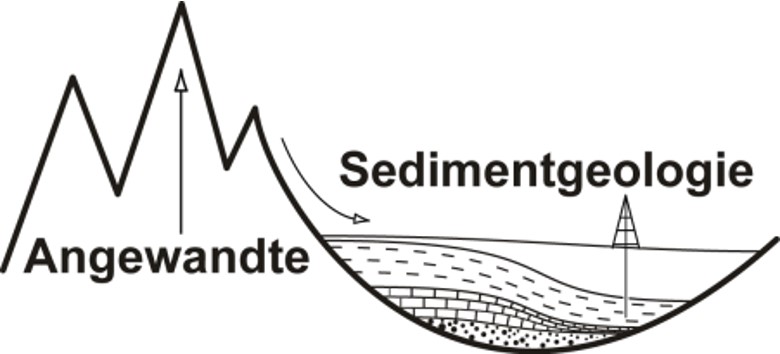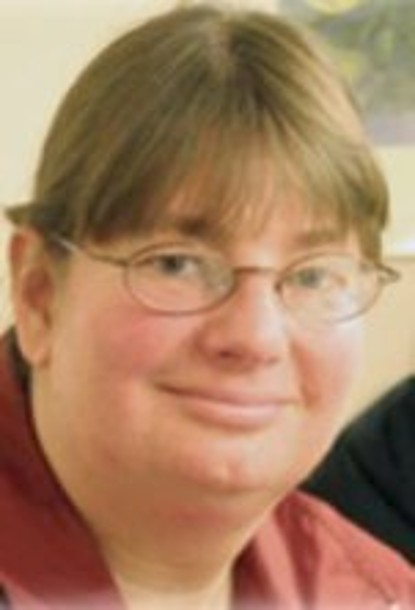Applicants: Prof. Dr. Matthias Hinderer, PD Dr. Olaf K. Lenz
Funding: DAAD
Persons in charge: Maryam Moshayedi
Duration: since 2015
Summary
The planned PhD-project is related to the Early Tertiary, according to previous evidence probably (Middle) Eocene, section of the lacustrine sediments of Lake “Prinz von Hessen” (PvH) in Southwest-Germany, which have been cored in a scientific well in the year 1997 (core B/97-BK 9). Main task of the project is the detailed analysis of the organic material, which remains after palynological treatment, within the context of taxonomic, biostratigraphic, palaeoenvironmental and palaeoclimatic issues. The project starts with the systematical/taxonomical analysis of the inventory of pollen and spores as well as algae and other figured organic residues. On the basis of the systematic analysis the quantitative evaluation of the microflora can be performed. Thereby, special emphasis is placed on the application of different methods of multivariate statistics for the objective interpretation of the palynological data. In addition, as part of a palynofacies analysis, all other organic particles have to be quantitatively classified in the samples. It is the aim of the proposed project to gain concrete ideas about the diversity of the flora and its development within the documented deposition time of the lacustrine sediments. As a result conclusions can be drawn about the evolution of palaeoenvironment and palaeoclimate within relatively short time periods. Cyclic fluctuations and long-term trends in climate and vegetation dynamics can thus be detected over a period of several hundred thousand years during the Palaeogene greenhouse phase, the most recent greenhouse period on Earth, in the highest possible resolution. The investigations are carried out and evaluated in close alignment with the sedimentological and geochemical results, which hitherto available from Lake PvH. In addition, the comparison with the results of palynological studies from other localities in Central Europe, e.g. the maar lakes of Messel and Eckfeld, probably will improve the chronostratigraphic interpretation of the lacustrine sediments of Lake PvH.
Dr. Maryam Moshayedi
Contact
moshayedi@geo.tu-...
work +49 6151 16-20633








